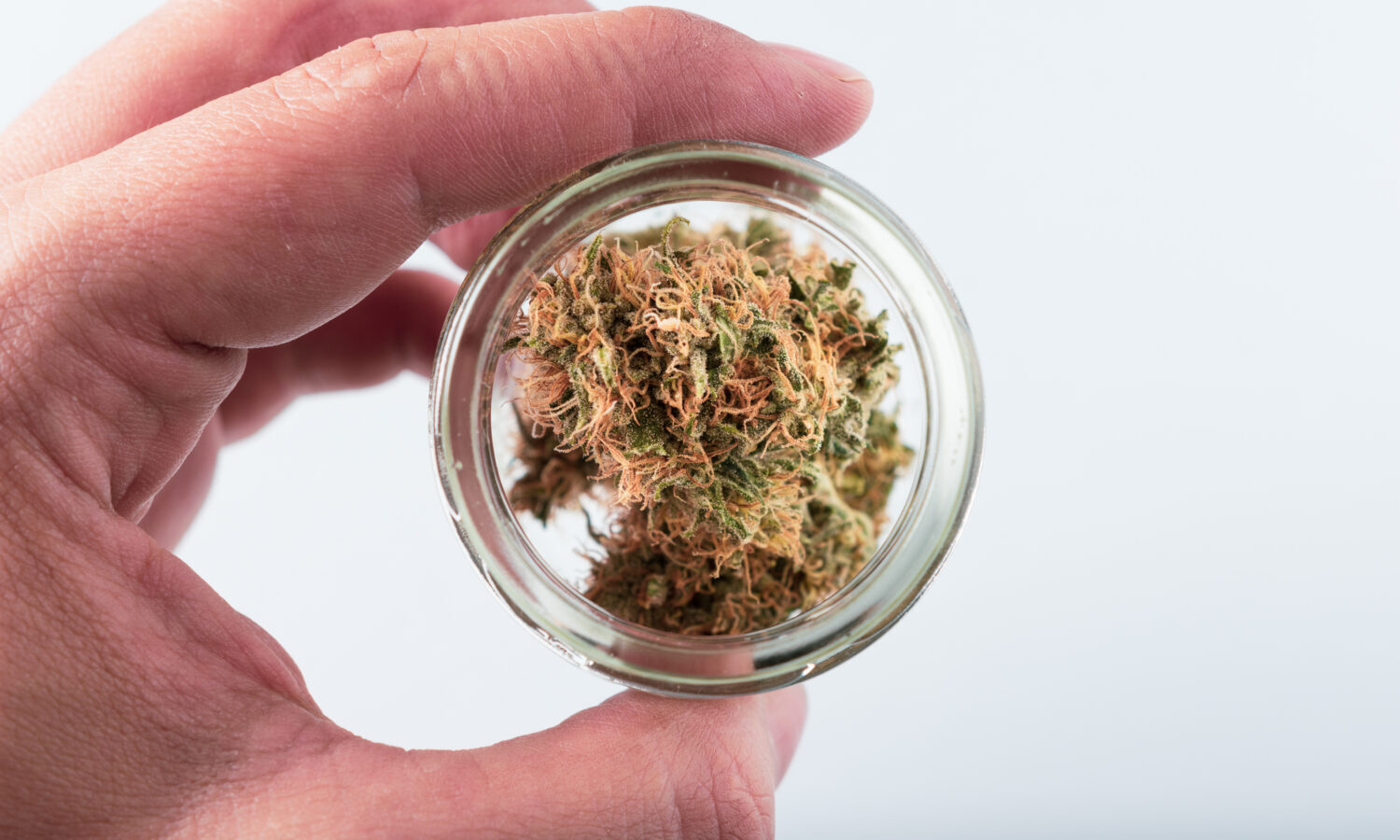
“Cannabis as a panacea” relaunched
Through
The panacea cannabis narrative has left many sane people with unsettling feelings about cannabis legalization. Just google “cannabis cure-all” and you’ll likely come across a number of counterarguments. If anything, the world is just moving out of the Prohibition era, when cannabis was demonized as one of society’s greatest evils.
Just as a reminder, here are some legendary quotes from Henry Aslinger about cannabis:
- “You’re smoking a joint and you’re probably killing your brother.”
- “Marijuana is an addictive drug that induces insanity, crime and death in its users.”
- “Some people will go into insane rages and they are temporarily irresponsible and can commit violent crimes. Other people will laugh uncontrollably. It is impossible to say what the impact will be on each individual.”
- “If the hideous monster Frankenstein faced marijuana, he would drop dead from shock.”
With such a past from which we are only just beginning to recover, it is not surprising that any attempt to sanitize the herb is met with the level of fire and fury it deserves. It doesn’t help that cannabis is still considered a compound with “no medicinal benefit and high potential for abuse” under federal law. How then can the same plant be a panacea?
Photo by simpson33/Getty Images
What is a panacea?
Merriam-Webster defines panacea as “a remedy for all ills and troubles.” To say that cannabis is a panacea would mean that cannabis cures all kinds of diseases. Even in real life, finding a solution that fixes all problems is difficult.
So this panacea narrative automatically comes across as a desperate attempt to market snake oils to an unread audience. If anything, such “exaggerated” claims appear to do more harm than good to the legal industry, at least on the surface. But is cannabis really a “cure-all” and where does such a narrative come from anyway? Here’s a good case for considering cannabis the ultimate panacea.
The endocannabinoid system supports the panacea narrative
The endocannabinoid system (ECS) is a unique system responsible for maintaining a physiological balance in the body. In other words, it maintains a physiological balance in all body systems. The ECS is involved in the following vital functions in the body:
- Pains
- Sleep
- metabolism
- Emphasize
- hormonal control
- immune function
Endocannabinoid Tone refers to the overall health of one’s endocannabinoid system. When tone is insufficient, it causes what is known as clinical endocannabinoid deficiency (CECD), which is essentially a disease state.
RELATED: Dr. Peter Grinspoon’s recommendations for using cannabis to treat chronic pain
This is where cannabis comes in.
Cannabis is the only plant known to produce compounds called cannabinoids, which interact directly with the endocannabinoid system. In this way, cannabinoids are able to support a deficient endocannabinoid system, thereby inducing healing as physiological hemostasis (balance) is restored.
 Photo by 3 Pelos/Getty Images
Photo by 3 Pelos/Getty Images
RELATED: THC-O is to cannabis what heroin is to opium – is it legal?
A widely cited review study published in Febs Journal concluded that “targeting endocannabinoid system activity may have therapeutic potential in nearly all diseases affecting humans.” The study was titled Modulation of the Endocannabinoid System in Human Health and Disease: Successes and Failures.
Given the far-reaching influence of the ECS, isn’t cannabis “close enough” to be a kind of panacea?
Qualifying conditions support the panacea narrative
Medical cannabis is legal in 37 states. These states have legalized medical marijuana programs and consequently a list of conditions eligible for medical cannabis treatment. While the list of qualifying conditions continues to grow, what is already in place is quite impressive, ranging from the simplest to the most complex diseases. Some qualifying conditions include but are not limited to pain, nausea, epilepsy and seizures, multiple sclerosis, HIV/AIDS, cancer, PTSD, ALS, Alzheimer’s and neurodegenerative diseases.
With a list like this, it’s no surprise that cannabis is considered a panacea.
More clinical research is needed
Both preliminary and clinical evidence has proven that cannabis is not over-the-top snake oil. Given its relationship to the ECS, cannabis potentially has multiple therapeutic uses, possibly more than standard medications. Unfortunately, Schedule 1 status makes it difficult for researchers to exhaustively study this plant. Only when the status quo changes will one understand the full therapeutic range of cannabis and rule out any possibility that cannabis is the panacea.
This article originally appeared on MyCannabis.com and has been republished with permission.

Post a comment: